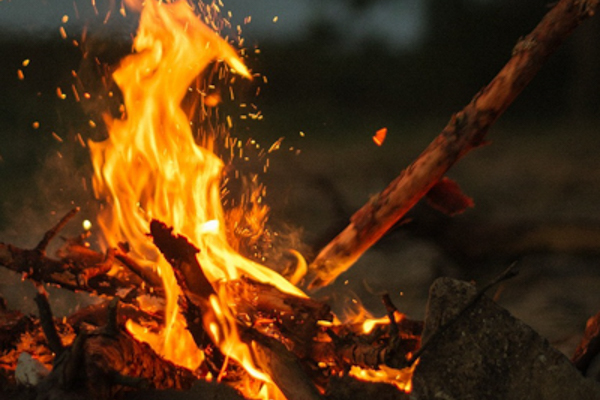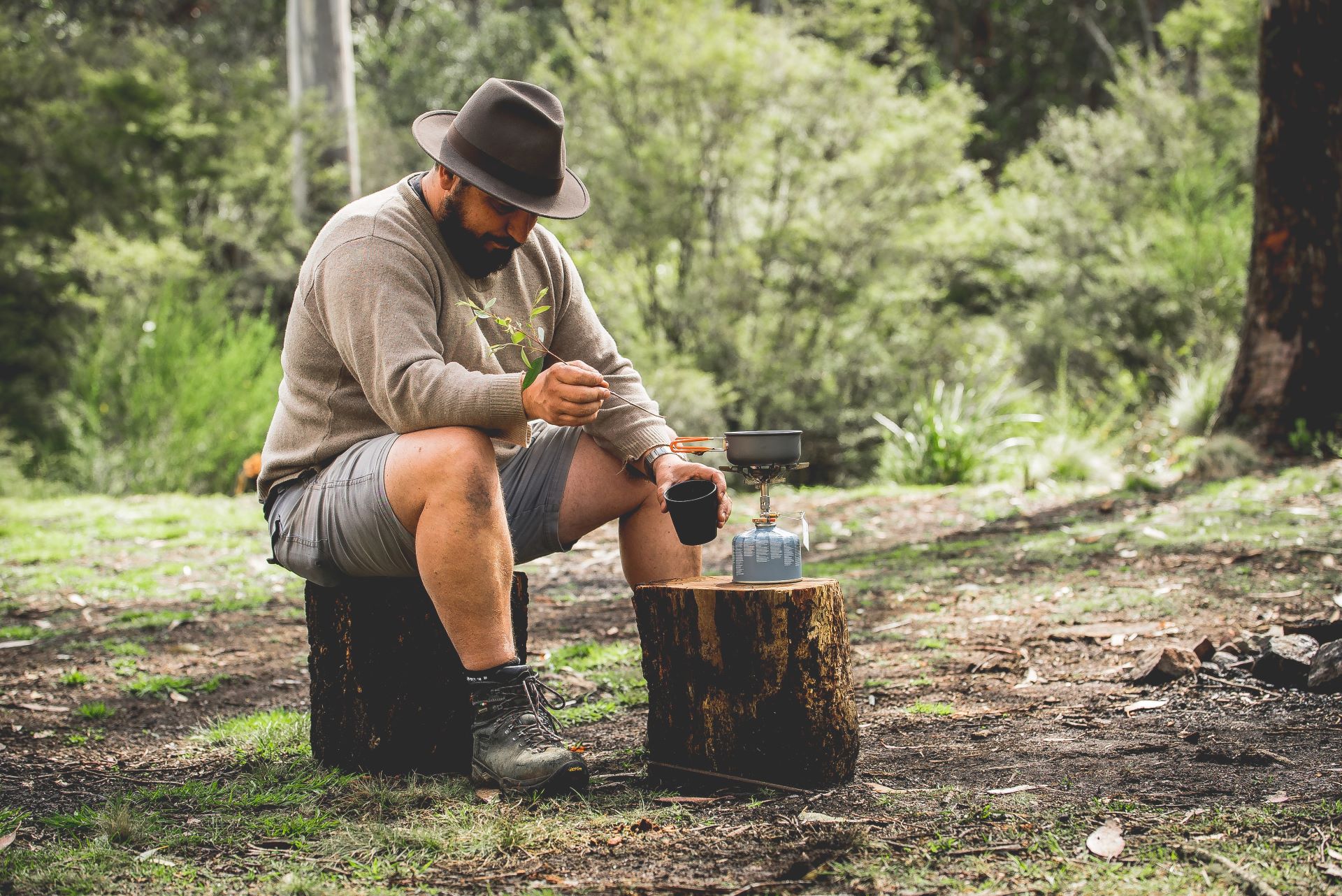
Reducing risk
We work with other fire authorities and Bush Fire Management Committees to prepare risk management plans that aim to protect the community from fire. Hazard reduction burning and grazing reduce fuels in the forest.
We are one of NSW's four statutory fire authorities. We manage hazard reduction and bushfires in State forests and protect life and property as part of the State's coordinated fire response.

We work with other fire authorities and Bush Fire Management Committees to prepare risk management plans that aim to protect the community from fire. Hazard reduction burning and grazing reduce fuels in the forest.

Our staff are trained firefighters equipped to respond rapidly to fires. We have a network of fire towers for early detection and a fleet of tankers, light firefighting vehicles, heavy equipment, drones and aircraft available for fireifighting.

We partner with Aboriginal communities to continue culture and lower the risk of bushfire by lowering fuel levels through cultural burning. A three-year project is bringing together traditional knowledge and disaster management.
We are responsible for managing fire in around two million hectares of native and plantation forests as part of NSW's combined firefighting efforts led by the NSW Rural Fire Service.
We prevent and respond to fires to protect communities, neighbouring properties and our State forest assets. We also use fire as part of the forestry cycle to create a rich seed bed for regenerating forests and replanting plantations.
In fire season, we work to detect fires early and respond rapidly so we have the best chance of extinguishing fires while they are relatively small. We staff a network of fire towers and use lighting detection software and aircraft to detect bushfires as soon as possible.
Read our Fire Management Policy and Fire Management Plan.
We use hazard reduction burning to reduce forest fuels such as sticks, leaf litter, grass and dead wood on the ground. About hazard reduction and fuel management.
For thousands of years, regular cool burns were carried out by Aboriginal communities. We partner with local Aboriginal communities throughout NSW to continue this cultural practice, reducing the risk of bushfire through cultural burning. More about cultural burning.
Plan your trip: visit the NSW RFS website to check for current fire danger ratings and total fire bans and download the Hazards Near Me app.

Many bushfires are accidentally started from campfires. Help prevent bushfires by following our campfire rules.

Campfires and barbecues using wood, charcoal or other solid fuel are banned in some areas. Check current bans.

See our current closures. Conditions may change so always check for signs in the forest and follow instructions from staff.